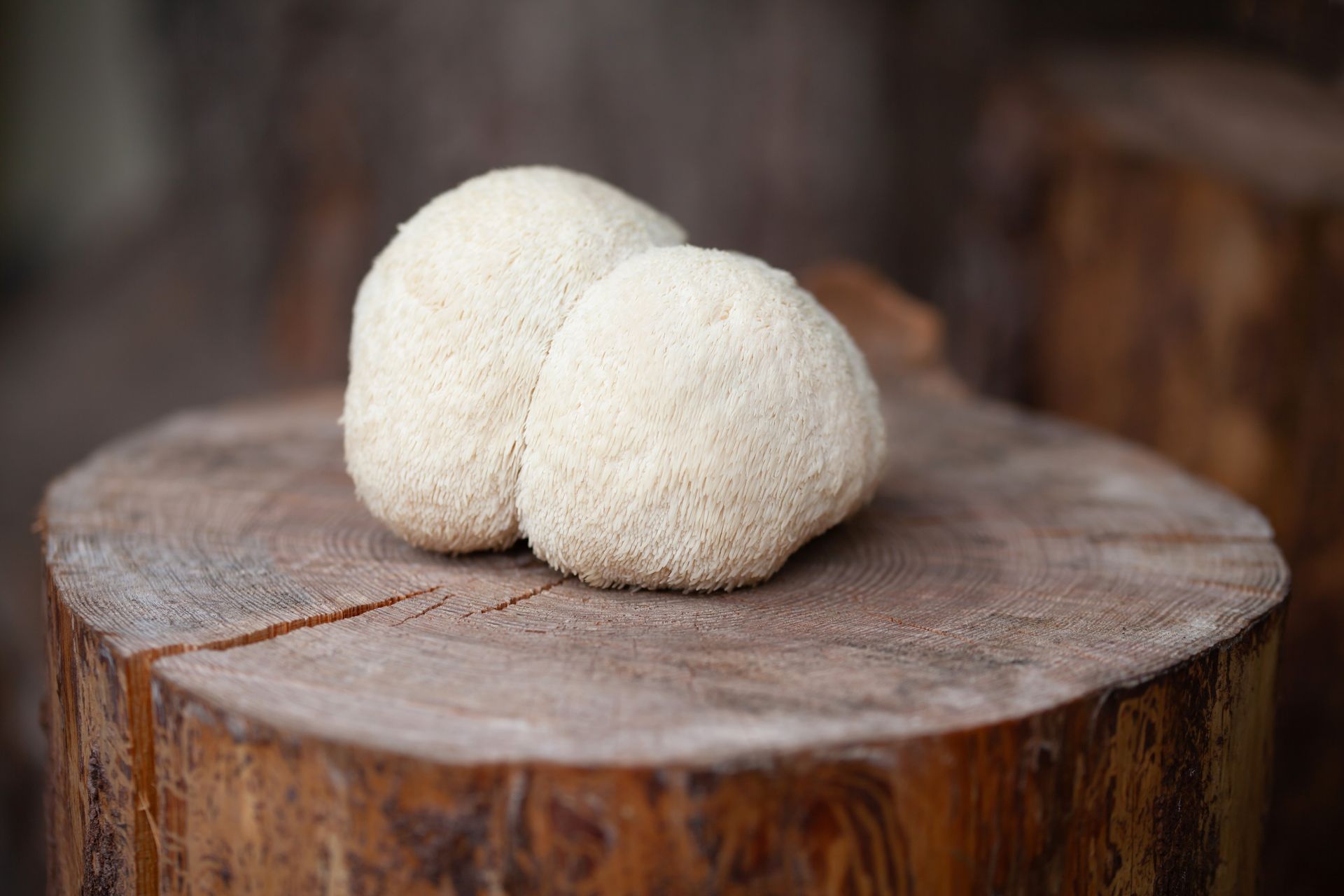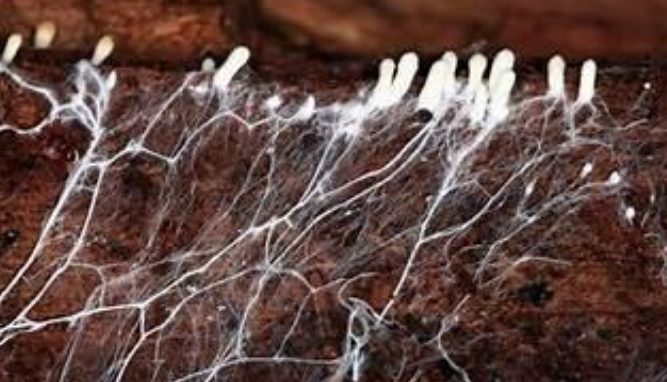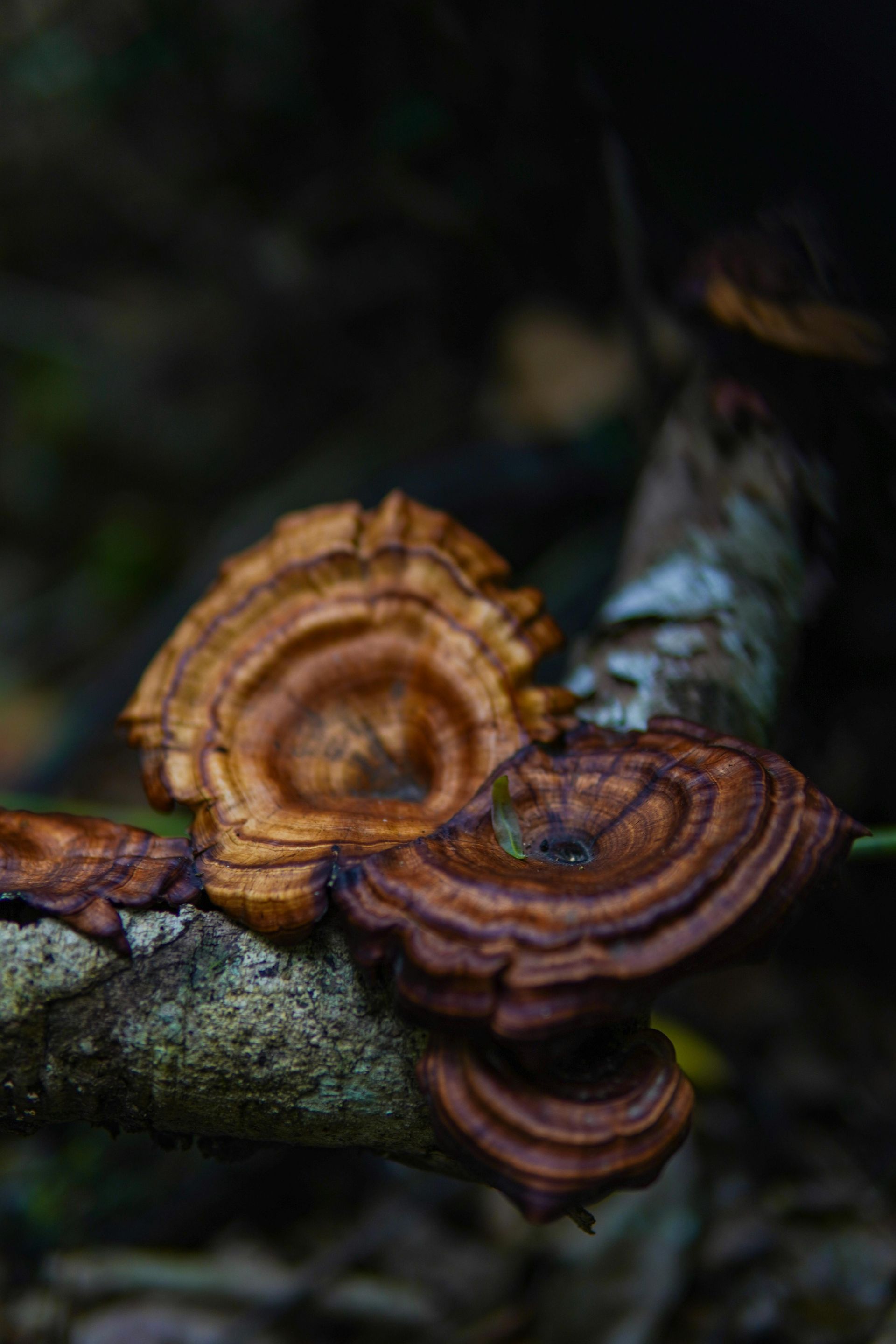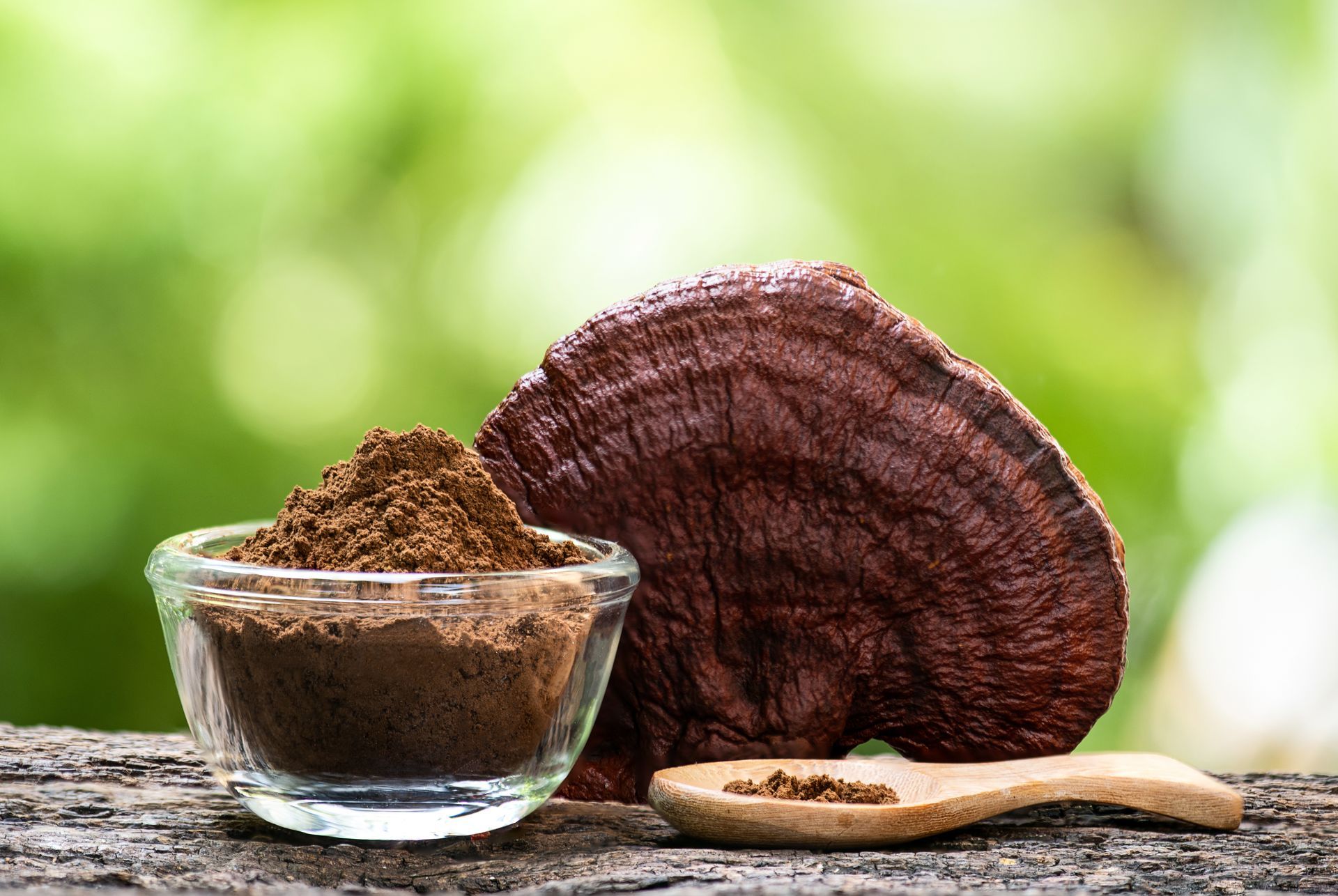Cordycepin: The Bioactive Compound of Cordyceps
Cordycepin, also known as 3'-deoxyadenosine, is a derivative of the nucleoside adenosine and is a prominent bioactive compound found in the Cordyceps genus of fungi, particularly in
Cordyceps militaris. This compound has been the subject of extensive research due to its potential therapeutic properties.
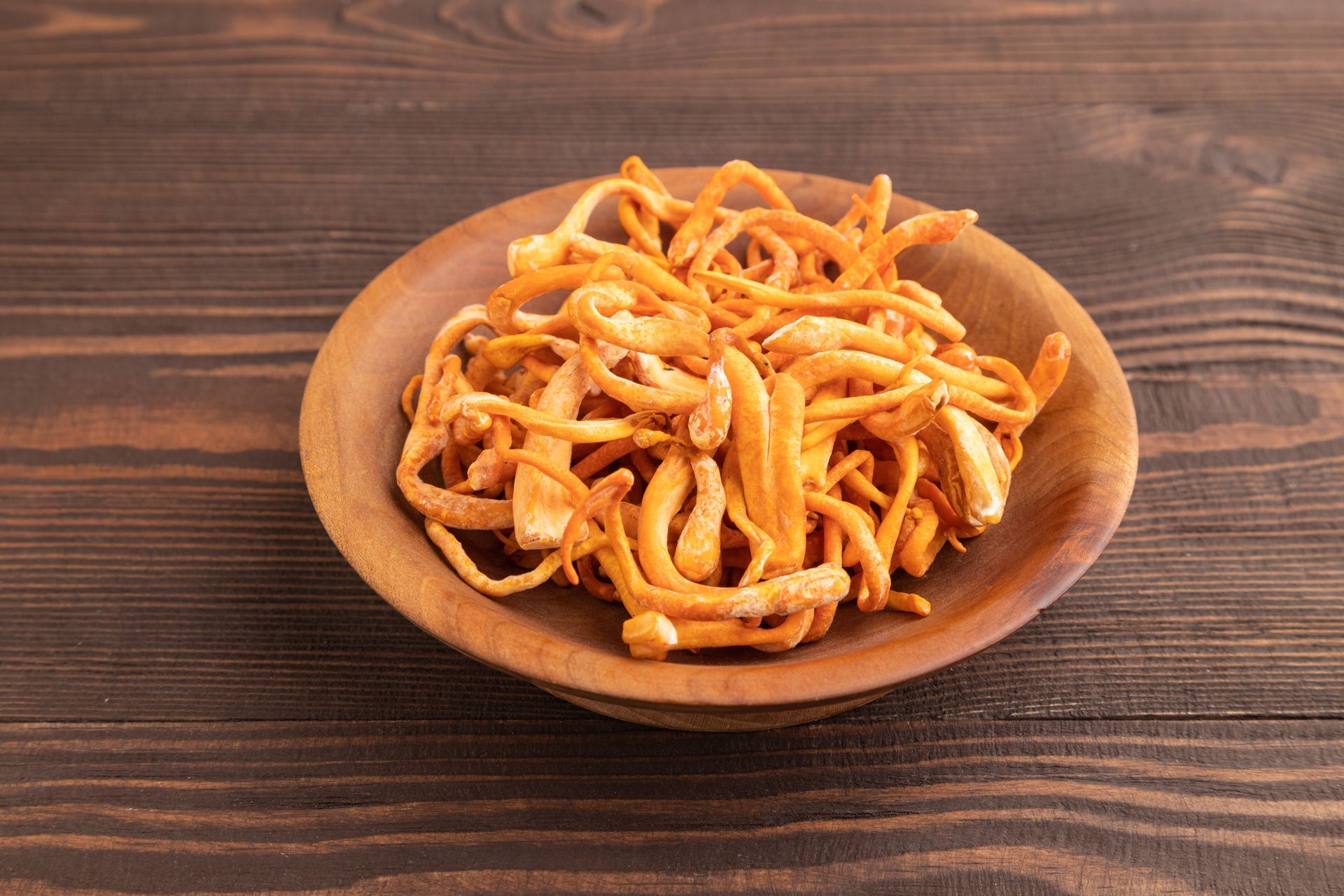
Cordycepin: The Multifaceted Molecule
Anticancer Activity
One of the most notable properties of cordycepin is its potential anticancer activity. It has been observed to inhibit the growth of various cancer cells by interfering with their DNA replication process. Cordycepin induces apoptosis (programmed cell death) in cancer cells, which is a crucial mechanism for cancer therapy. Its ability to inhibit cell proliferation and metastasis makes it a compound of interest in oncology research.
Anti-Inflammatory Effects
Cordycepin also exhibits significant anti-inflammatory properties. It has been shown to suppress the expression of pro-inflammatory cytokines, which are signaling molecules that can exacerbate inflammation. By modulating the body's inflammatory response, cordycepin may be beneficial in treating conditions characterized by chronic inflammation.
Antimicrobial and Antiviral Properties
Research has demonstrated that cordycepin possesses antimicrobial and antiviral activities. It can inhibit the growth of certain bacteria and has been studied for its effects against viruses, including some that cause influenza and respiratory ailments. Its mechanism of action often involves the disruption of nucleic acid synthesis in these pathogens.
Potential Neuroprotective Effects
Cordycepin may have neuroprotective effects, potentially beneficial for neurodegenerative diseases. It is thought to protect nerve cells from damage and support neuronal function, although the exact mechanisms and clinical efficacy require further investigation.
Immunomodulatory Functions
Cordycepin can influence the immune system. It has been found to modulate immune cell activity, which could be advantageous in developing treatments for autoimmune diseases and in enhancing the body's response to infections.
Cordycepin is a compound with diverse biological activities and potential therapeutic applications. Its anticancer, anti-inflammatory, antimicrobial, antiviral, neuroprotective, and immunomodulatory effects make it a molecule of significant interest in the scientific community. While research is ongoing, the therapeutic potential of cordycepin continues to be explored, with the hope of developing new treatments for a variety of conditions.
